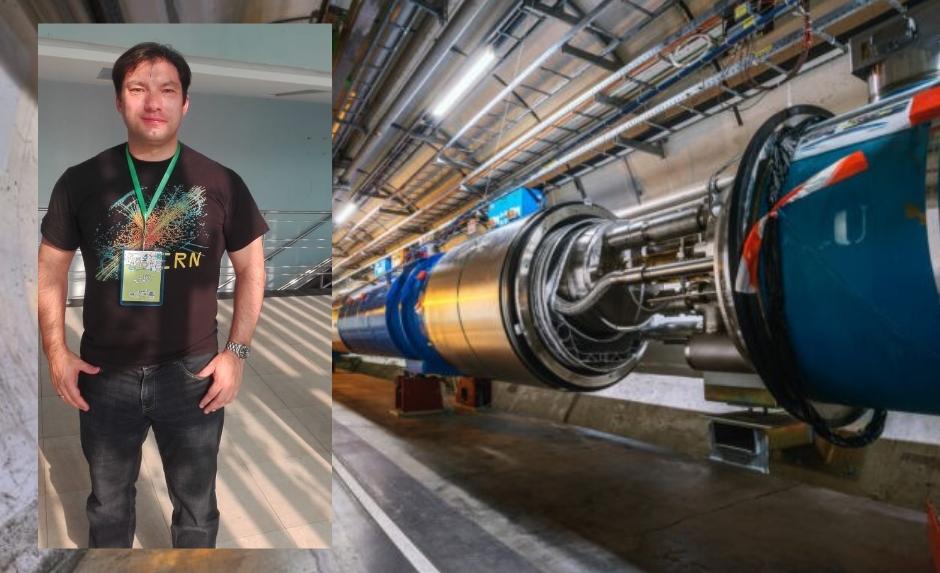A grand Science festival “Lahore Science Mela 2019” has recently been organized by a nonprofit organization, Khwarizmi Science Society (KSS) in collaboration with Ali Institute of education on 12 and 13 October 2019 at the Ali Institute, Lahore. From CERN to LAST (Lahore Astronomical Society), many incredible organizations and groups participated.

The festival focused on the wonders of Chemistry, including elements, mining, mineral compounds, and significant industrial processes, for celebrating the 150th anniversary of the periodic table of elements. The Mela successfully provided an excellent platform for scientific organizations to introduce themselves to the public and hosted 70 schools from around Punjab this year. The Mela equally inspired kids, youngsters, and adults. Thousands of residents of Lahore and other cities visited in two days.
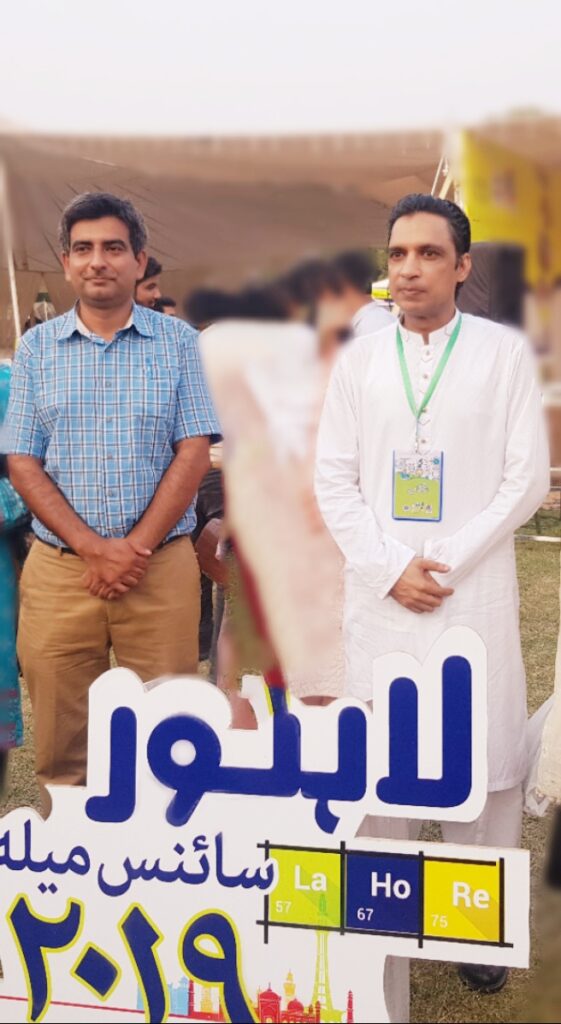
A significant highlight of the Mela was the collaboration with CERN’s Media Lab, its representative Dr. Joao Antunes Pequenao visited Pakistan and exhibited the Large-Hadron Collider Interactive Tunnel. Moreover, the audience of the Mela had enjoyed with a live virtual tour of CERN’s CMS from the Ali Auditorium.
Dr. Joao is the chief troublemaker at the CERN Media Lab. He has a background in physics but spends most of his professional time conceiving interactive applications for science visualization and education. Over the years, his 3D animations, simulation images, and scientific illustrations have been frequently featured in several major media outlets worldwide. His main approach for science communication is the creation of visual and personalized metaphors for complex scientific concepts.
Joao has been key in establishing state-of-the-art multimedia installations for science centers and visit points at top research institutions worldwide. He regularly collaborates with artists developing science-inspired pieces, coaches’ scientists on public outreach and mentors many students. One of his big side projects is “Phantom of the Universe” (http://phantomoftheuniverse.com/), an award-winning planetarium show about Dark Matter viewed by over 10 million people in more than 500 planetariums in 82 countries and 22 languages.
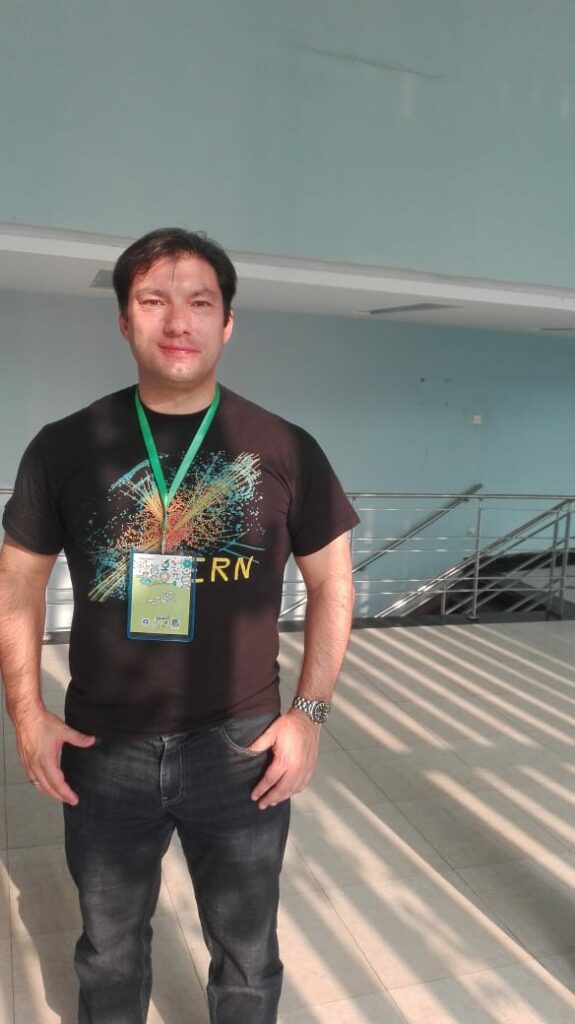
Here are some excerpts of his recent conversation with Scientia’s editorial team member Abdullah Khan on the first day of Lahore Science Mela 2019.
Q. What can you tell us about the Large Hadron Collider?
A: So, I’ll start with the Accelerator. The Large Hadron Collider is a 27 km long accelerator where we accelerate very fast protons (which are the nucleus of hydrogen atoms). We push them very fast with lots of energy, two beams going in opposite directions, and we make them collide at four precise points. At these points, we have detectors to observe and measure what comes out of these collisions. One of these detectors is the CMS detector (or the CMS experiment as we call it). CMS stands for Compact Muon Solenoid and is one of two generic detectors, the other one being the ATLAS detector, which is the bigger one. This detector, together with ATLAS, was responsible for the discovery of the famous Higgs boson in the year 2012.
It is an experiment that has over 4000 scientists and engineers from all over the world, including Pakistan. Pakistan is an Associate Member State of CERN, which means that Pakistani engineers and scientists have the same standing at CERN as those from any Member State or Associate Member State. As seen in the virtual visit, physicists work at the CMS experiment. In CMS, all these collisions that happen at a rate of many millions of times per second generate massive data, and what researchers do is analyze the data and try to find patterns that indicate the presence of particles which can be vital for us to understand the universe.
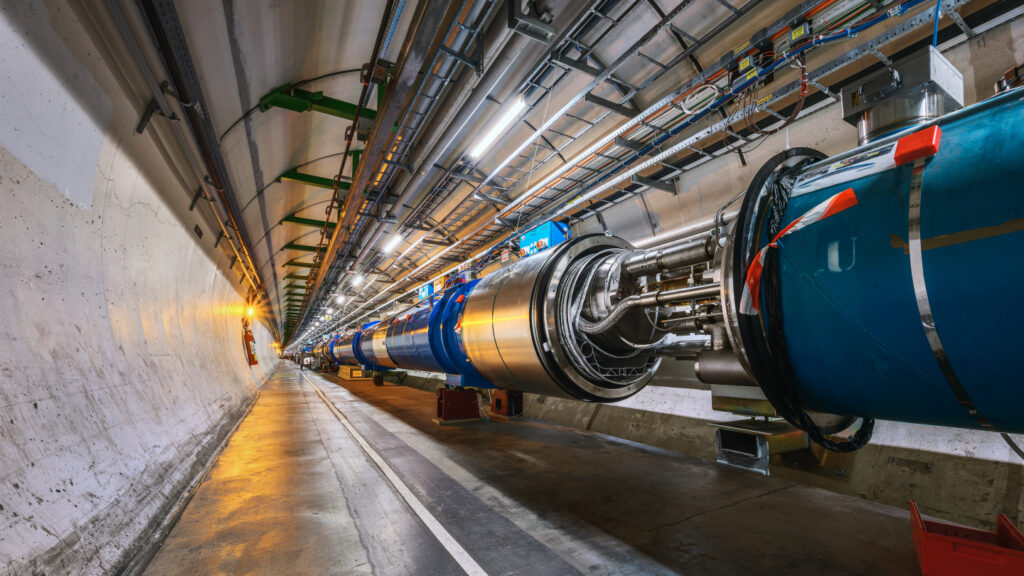
Q: So, the purpose of this work is what Stephen Hawking said, “Small questions, big answers.” Does it base on finding new particles?
A: It’s more than finding new particles! It dives deep into some critical questions like, why is the universe the way as it seems, and how did it become like that — trying to find a logic behind it. There must be a logic somewhere. Laws are governing this universe, we are already aware of a few of them, but we don’t know what is behind them. So, we are finding little by little, what may be at its origin. For example, do you know that 80 percent of the matter in the universe is dark matter? We don’t know much about it or even what it is. We are trying to find out why is it that most of the universe is made up of matter, not antimatter. Every particle has a mirror image particle (like an evil twin), which is its antiparticle. Why is it that there are only particles and not antiparticles outside the laboratory? These are the kind of questions which are fundamental for us to understand why the universe is the way it is.
Q: But there are some particles whose life is concise, like nanoseconds. How could we detect them?
A: That’s an excellent question. We don’t detect these particles directly, even the famous Higgs boson, and we can’t see those directly. What we see is the products of the disintegration of these particles. You see, these particles are very short-lived, which means that after a fraction of a second, they die and break down into something else. And it is that “something else”, which has a pattern, that we detect. Research in experimental particle physics in great part consists of finding such techniques, of distinguishing these patterns, in the middle of all the noise that is generated.
Q: That’s great! So, how many Pakistani scientists are working at CERN, and do you know any of them?
A: I know half a dozen at CERN, but there are many more. I can’t give you the exact number. That can be found online.
Q: So, the CERN’s lab and Large Hadron Collider is between borders of Switzerland and France. Who’s funding it?
A: The Member States fund CERN. It’s an international organization, like the UN. CERN has a council and the Member States, and they contribute an equal proportion of their GDP. But Pakistan is not a Member State; it is an Associate member state. Pakistan also contributes, but not in proportion; it is different in that case.
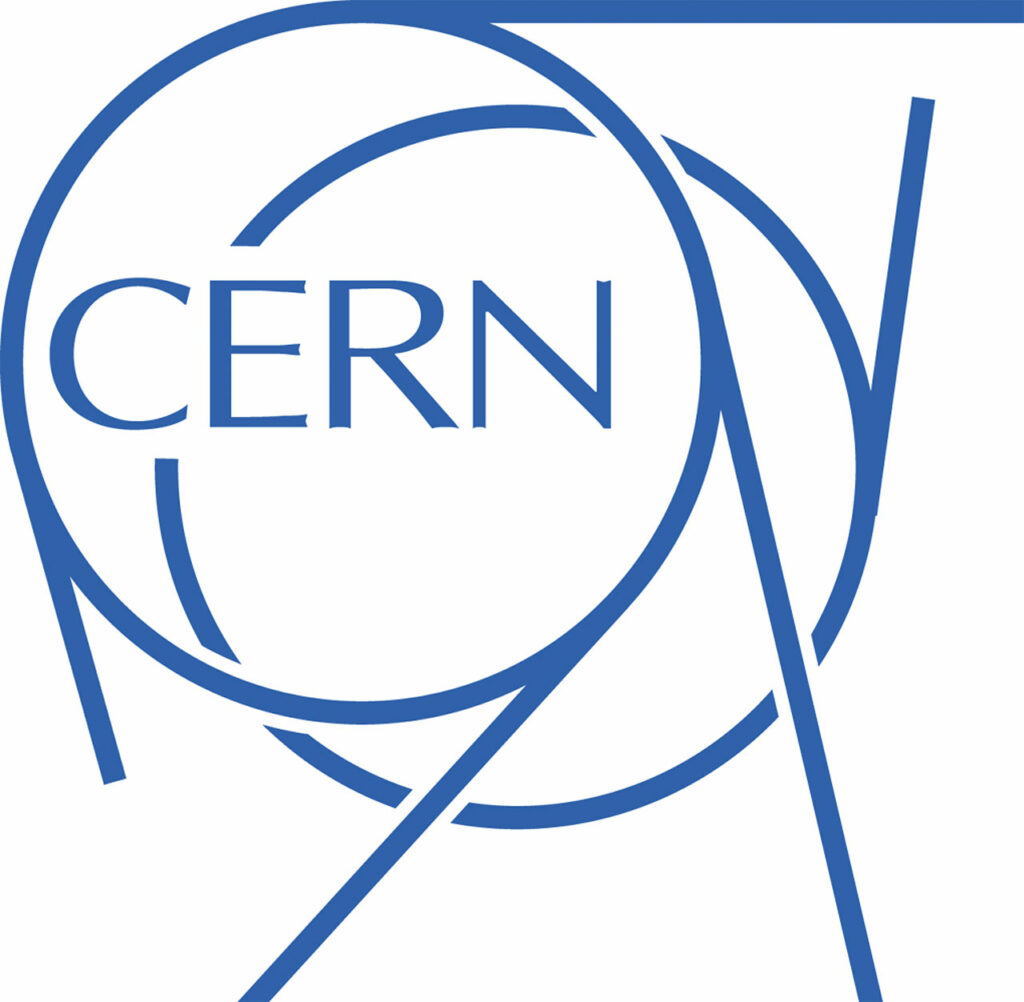
Q: How can Pakistani students visit and work at CERN? What are the opportunities for researchers?
A: For students, there are many options. Just go https://careers.cern and there is a zone that says, “students opportunities” where one can find many programs. There are short term internships, summer student programs for undergrads, and there is a technical student program which is an excellent one-year job for students who can be integrated into a research team with attractive salaries. It is a life-changing experience! As for researchers, the best is to coordinate with the Pakistani universities and research institutes already involved with the organization.
Q: Let us know about your career and achievements and who inspired you most in pursuing such an off-beat career?
A: When I was 14 years old I had a little accident. During the weeks I spent at the hospital, someone offered me a copy of “Cosmos”, by Carl Sagan. That book changed radically the way I perceived the Universe and made me decide to pursue a scientific career. I also had a neighbor who was an engineer and since the age of 4 gave me great playful lessons on rocket science, planetary dynamics, and Flash Gordon! I was very influenced by Sci-Fi movies and the cool graphical representation of scientific interfaces and physical phenomena. At the age of 15, I started coding and doing visualizations. I always liked art and storytelling, so it was just a little step to put Science, Technology, Storytelling, and Art together to build my career a few years later.
Also Read: Dr. Nozair Khwaja’s Breakthrough research on Saturn’s Moon, Enceladus
